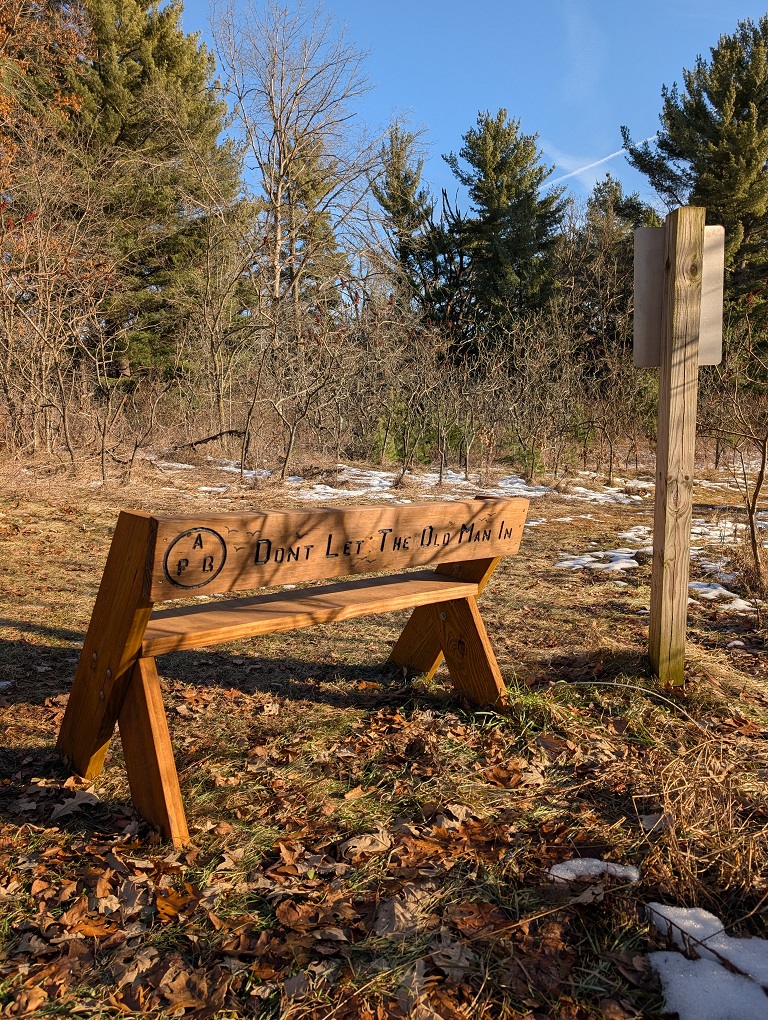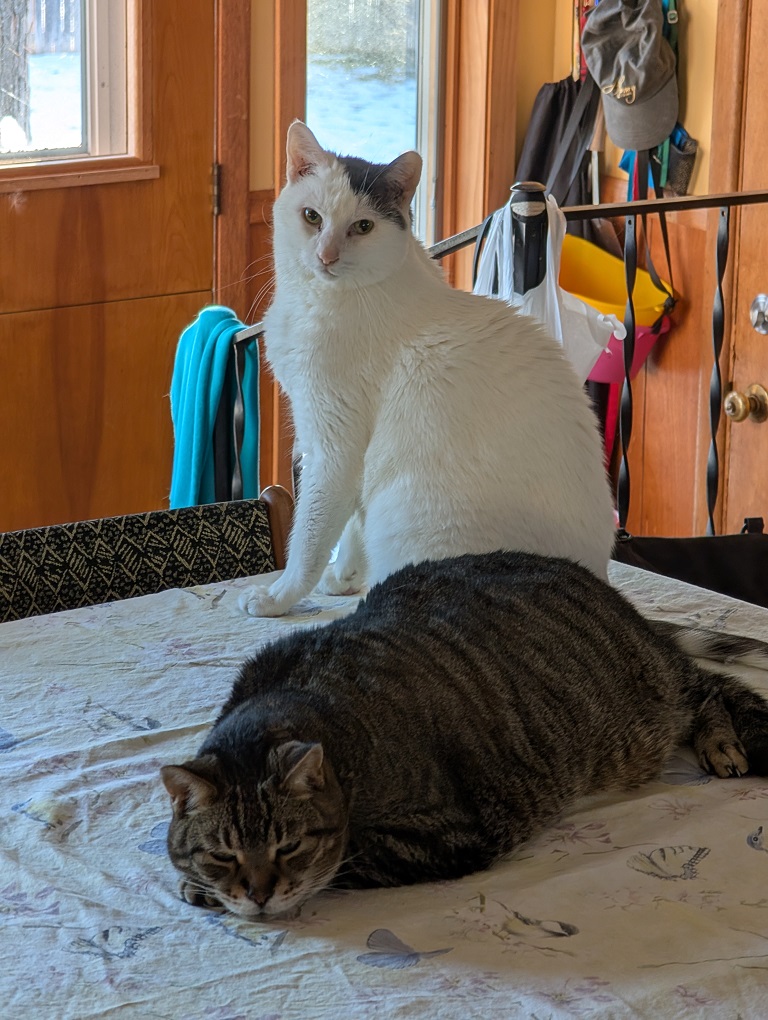Congratulations, you have landed on This Is Drivel, my web page & blog. Scroll down to see blog entries, or click “POSTS” above.
I changed the look of it recently but haven’t quite figured out all the bells and whistles yet, so bear with me.
about The Author
Living & work(ed) in Madison, Wisconsin (2005-2025)
After retiring from military service, I began living the civilian life in the Madison area. “Retirement” is a bit of a misnomer here; after becoming civilianized, I had to get a job because a military pension isn’t quite enough to pay the bills. I worked at a bank that folded after the financial crisis, then for state government before I finally called it quits.
US Air Force (1984 – 2005)
I spent half my professional life in the military at far-flung bases all around the world, the point at the tip of the spear defending the freedom of Americans (so they told me).
Posts
-

Drove out to Palmyra this morning to hike a stretch of the Blackhawk segment of the Ice Age Trail. The drive takes about one hour each way and I wanted to get back before dark, which at this time of year drops pretty quickly shortly after four-thirty, so I wouldn’t be driving through rush-hour traffic…
-

I spent a big chunk of the day today burning piles of buckthorn and honeysuckle, both invasive species, which volunteers had been cut out of the wooded areas alongside the University Ridge segment of the Ice Age Trail about a year ago. These areas were so overgrown with buckthorn and honeysuckle that it was impossible…








